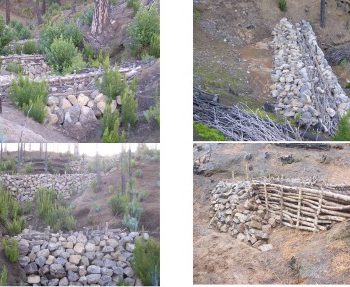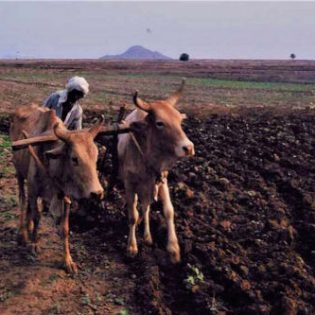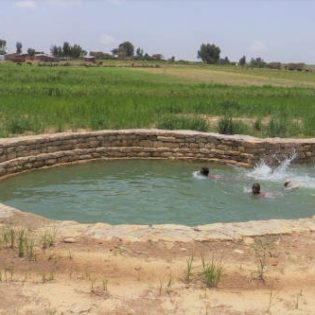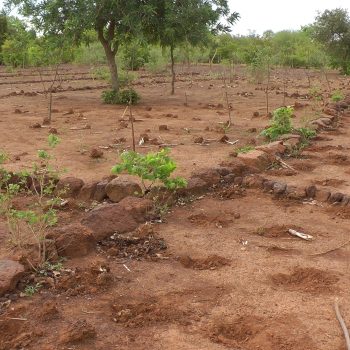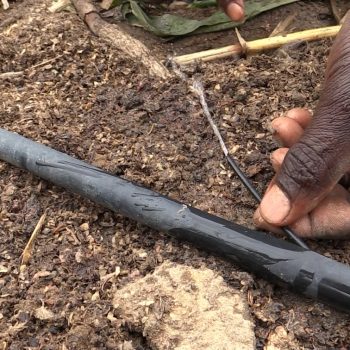| Small earthen tied contour ridges break the slope, slow down erosive runoff, and store water in the soil. They enable water to infiltrate the soil more efficiently and add soil moisture storage which contributes to increased crop production.
They usually have a height of 15 to 20 cm and have an up-slope furrow. These upslope furrows accommodate runoff from an uncultivated catchment strip. The catchment strips between the ridges can be used for small-scale production. Tied ridges can be used in arid and semi-arid areas with annual average precipitations between 200-750 mm per year. The soil should be at least 1.5 m deep to ensure adequate tree root development and to store sufficient water. The topography must be even without too many gullies and slopes can be up to 5% (Critchley et al., 1991).
|
Additional information
| Agriculture | Flood/spate irrigated, Irrigated |
|---|

